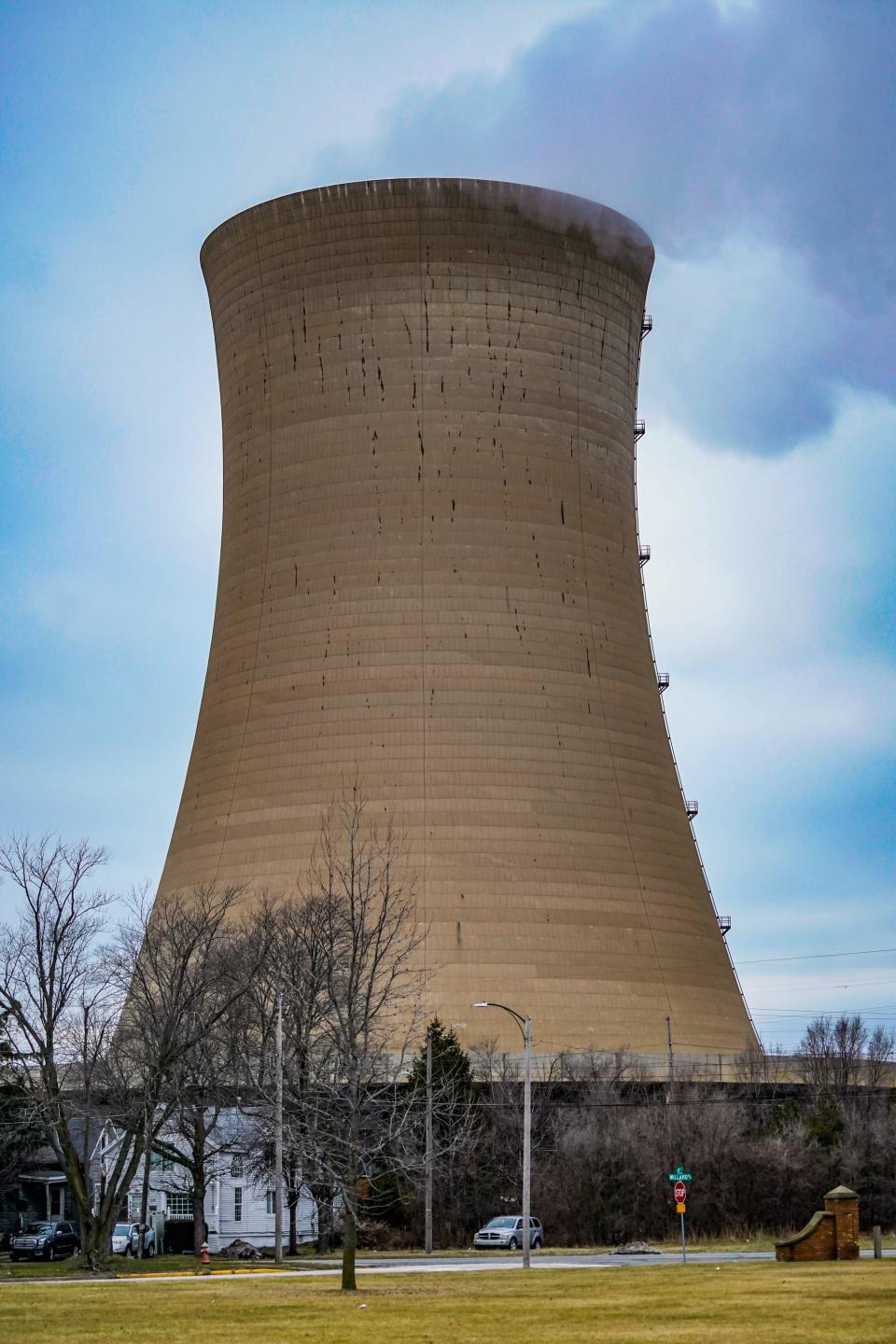Whose smog is that? Supreme Court hears from states in cross-border pollution control fight
WASHINGTON – More states want to keep federal pollution controls in place than the number trying to pause the Biden administration’s controversial “good neighbor” plan to reduce smog, the federal government’s lawyer told the Supreme Court Wednesday.
“There are a lot more states on our side than there are on theirs,” said Malcom Stewart, deputy solicitor general.
The justices are considering an emergency request from Ohio, Indiana and West Virginia to halt enforcement of tightened restrictions on ozone-forming emissions that drift into other states
Nine states oppose that request, arguing a pause will exacerbate asthma and other health concerns for their residents and increase their own pollution control costs.
More: Mask mandates? Supreme Court rejects appeal from Marjorie Taylor Greene, GOP lawmakers
But the three states challenging the plan say it’s too expensive to comply with requirements they think the courts will eventually strike down as too stringent.
“We’re spending immense sums, both the states as well as our industries,” said Marthura Sridharan, Ohio’s deputy solicitor general. “And on top of that, we are facing the threat of power shortages and heating shortages.”
Justice Kavanaugh: Potential 'harms' on both sides
Justice Brett Kavanaugh said he saw potential “irreparable harms” on both sides but sounded sympathetic to Ohio’s argument that the Environmental Protection Agency failed to account for how its plan would work if not all states participated. The requirements are already on hold in about half of the 23 affected states which are challenging the EPA’s rejection of their preferred pollution control plans.
“The problem is, we’re not sure if the requirements would be the same with 11 or 10 states as with 23," he said. “It’s just not explained.”
Other justices hammered away at the unusual nature of the request. The Supreme Court is being asked to weigh in before a lower court has evaluated the legality of the pollution requirement. The D.C. Circuit Court of Appeals has declined to put the plan on hold while they’re reviewing it.
“The idea that you can be here and be demanding emergency relief just because states have kicked up a lot of dust seems not the right answer to me,” said Justice Elena Kagan.
More from the Supreme Court: Donald Trump argues against a 14th amendment ballot ban
Justice Barrett challenges some industry claims
Justice Amy Coney Barrett, a member of the court’s center-right, pressed a lawyer representing one of the industries challenging the rule on the evidence for immediate harm. Many of the requirements don’t kick in until 2026.
Catherine Stetson, an attorney for the industries, said some power generators may be forced to shut down as soon as this summer because it would be too expensive to comply.

Wisconsin residents breathe Indiana ozone
Judith Vale, New York’s deputy solicitor general, urged the court to keep the requirements in place, even if they’re already on hold for some states.
The states that must comply are responsible for about 40% of the ozone in the parts of Wisconsin that struggle with air quality, Vale said. About 13% of that pollution comes from Indiana alone.
Though many upwind states can still use low-cost, widely available pollution control equipment, the downwind states argue, options are more expensive for states that are already heavily controlling their own emissions.
New York, for example, already requires controls that cost up to $5,500 per ton of pollutants reduced compared with the $1,600 per ton cost of controls required in the near term for sources in Ohio, Indiana and West Virginia, according to New York’s court filing.
More: Supreme Court allows sanctions on 'Kraken' lawyers who challenged Michigan's 2020 election
'Good Neighbors' hard to find
More than 100 million Americans live in counties with repeated instances of unhealthful ozone levels, the main component of smog, according to the American Lung Association.
One of the most widespread pollutants in the United States, smog is also one of the most dangerous, according to the association. It causes breathing difficulties, worsens lung diseases and shortens lives.
Since the 1990s, the government has used "good neighbor" rules to take into account that pollutants can travel hundreds of miles, causing a significant share of the pollution in another state.
The Biden administration imposed the “Good Neighbor Plan” on large industrial polluters in 23 states last year after rejecting 21 state proposals as ineffective. Two other states failed to submit a plan.
More: Another Trump case at the Supreme Court? His argument for immunity could be a tough sell
This article originally appeared on USA TODAY: Supreme Court considers challenge to EPA smog rule to reduce ozone
